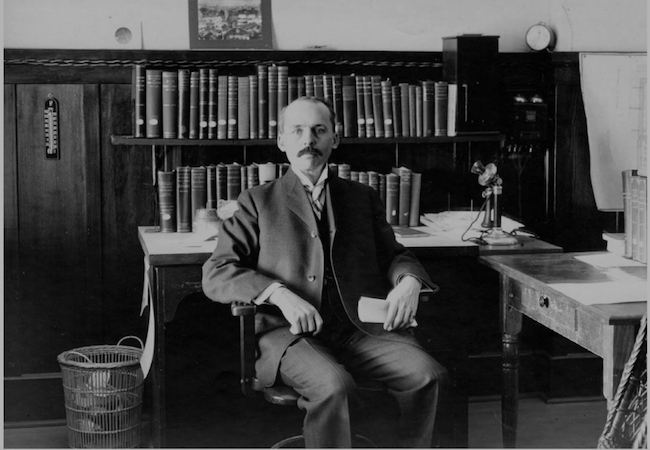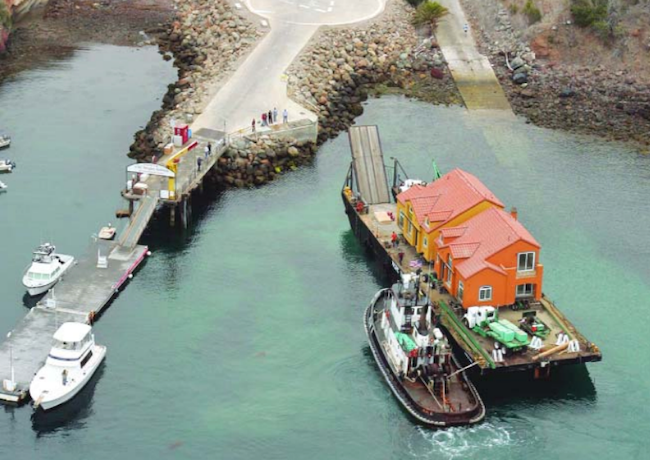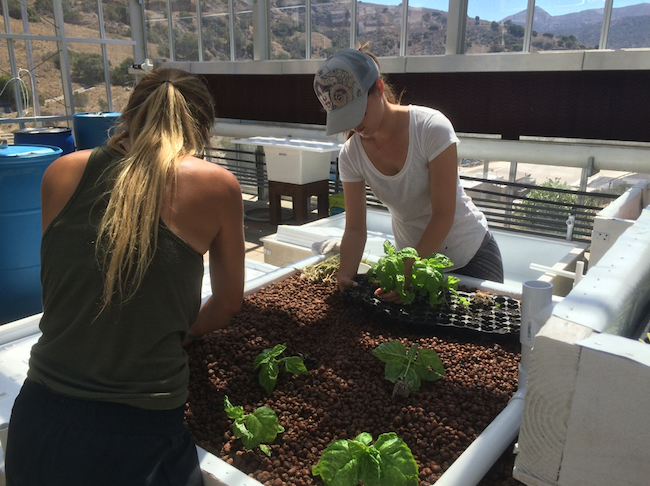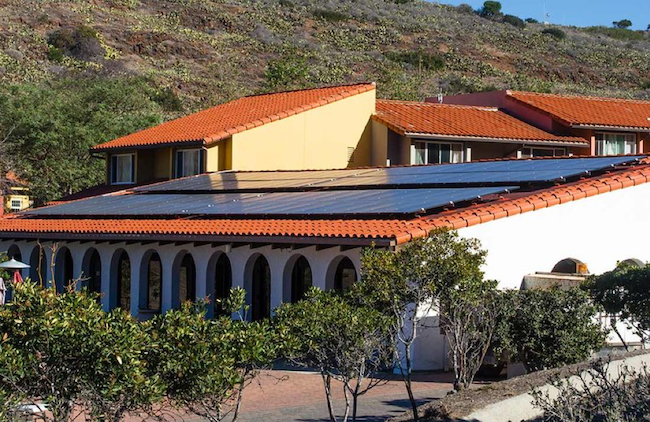
Historical highlights from the USC Wrigley Institute
From South American expeditions to a student-led resolution to address climate change, the history of the USC Wrigley Institute for Environmental Studies is one of innovation, adventure and environmental stewardship. Take a look back at some important milestones for USC Dornsife’s own “treasure island” laboratory on Catalina Island.

Early Beginnings
In 1901, USC hired its first marine biologist, Albert Ulrey, a freshwater expert who came west from Indiana to study saltwater marine life. In 1910, Ulrey researched water contamination off Venice Beach, the first of many environmentally focused studies at USC. Fun fact: A Paraguayan tropical aquarium fish Hemigrammus ulreyi, or “Ulrey’s Tetra,” is named in his honor.
All Aboard USC!
From the 1930s through the ’60s, G. Allan Hancock, a wealthy oilman and avid science enthusiast, formed a close relationship with USC. In 1939, he donated the vessel Velero III to the university. The ship subsequently undertook numerous expeditions to South America to study marine invertebrates. In 1947, Hancock commissioned Velero IV as a replacement vessel, which served USC through the 1970s. Watch a scuba diver in some groovy vintage gear take a dip over the side of the Velero IV in 1949.

A Legacy Spanning Generations
In 1965, Philip K. Wrigley, heir to the Wrigley chewing gum fortune, deeded 5.5 acres of land from the Santa Catalina Island Company to USC. With private donations, university funds and a $500,000 grant from the National Science Foundation, USC was able to build its first marine science laboratories — USC Wrigley Marine Science Center — at Big Fisherman’s Cove. Workers on the roof of the facility in 1967 are shown above. In 1995, William and Julie Wrigley provided capital to renovate the center and also to establish the USC Wrigley Institute for Environmental Studies.
Night Moves
Curious about island life in the 1970s? In 1974, USC cinema students filmed marine biology graduate students as they spent an evening collecting and analyzing specimens aboard the Velero IV. Watch as they sort through a catch and then await another.

Buildings Catch a Wave
In 2004, George and MaryLou Boone and his wife, MaryLou, provided support for USC to establish the George and MaryLou Boone center near at the USC Wrigley Marine Science Center. Intended to serve as a “Camp David for the environment,” the retreat Boone center brings people together to solve environmental problems without urban distraction. To reduce construction costs, the 47-ton homes were built on the mainland then shipped across the San Pedro Channel for installation on the island (pictured above).

A Golden Anniversary
The institute, which also has facilities on campus, celebrated 50 years with a special bash on Aug. 8, 2015, where it also unveiled a new research greenhouse. One side houses a freshwater aquaponics system and the other a shellfish aquaculture program that aims to produce strains of shellfish that can tolerate our changing ocean conditions — and continue to satisfy our appetites.

Here Comes the Sun
With a donation from Helix Electric in 2017, solar energy now provides 20% of the electrical needs for the marine center’s dormitory, kitchen and dining facilities. It’s the perfect location to make use of this technology: Solar panels top roofs that are lit by sunshine more than two-thirds of the year.
Waves of Change